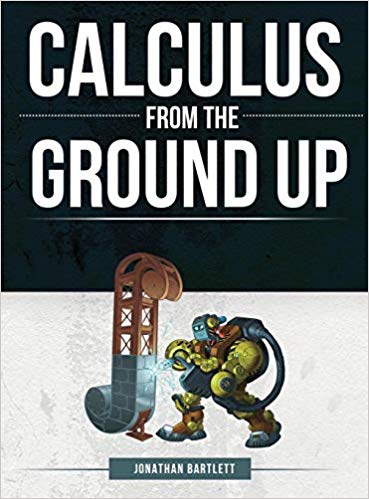
Our Jonathan Bartlett (johnnyb) is the author of Calculus from the Ground Up, that is getting great reviews at Amazon. But get this, mostly he hates calculus texts:
I am always amazed when I read calculus textbooks. They are the most dry and boring presentations of mathematics I have ever seen, especially if you realize that calculus offers some of the most amazing insights. Unfortunately, most mathematics texts teach only the mathematics, never the insights. I felt so frustrated by this gap that I wrote my own textbook, in which I try to teach both.
Jonathan Bartlett, “Doing the impossible: A step-by-step guide” at Mind Matters News
He has a serious purpose in discussing the boredom though:
One of the topics that you should learn in calculus is how to solve impossible problems. In the first semester, I always tell students, “Here are some examples of impossible problems, and next semester we will learn to solve them.” As an example of an impossible problem, think of the calculator functions, sine and cosine. It is impossible to write these functions in terms of standard algebraic functions (i.e., polynomial functions). It is literally impossible. It is provably impossible. However, every calculus student learns a method for writing sine and cosine just in this way.
Jonathan Bartlett, “Doing the impossible: A step-by-step guide” at Mind Matters News

He thinks that learning calculus can help us look past other types of insoluble problems as well.
At times, talking about mathematics, he sounds like Bill Dembski, who founded this blog in 2005.
Also by Jonathan Bartlett on calculus:
Walter Bradley Center Fellow discovers longstanding flaw in an aspect of elementary calculus. The flaw doesn’t lead directly to wrong answers but it does create confusion.
Follow UD News at Twitter!